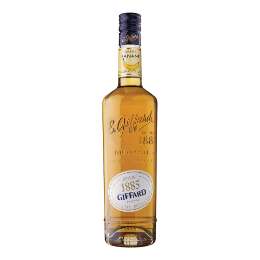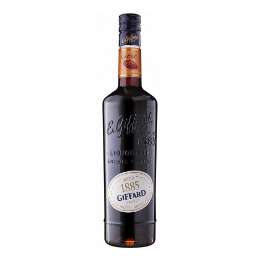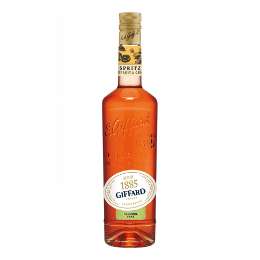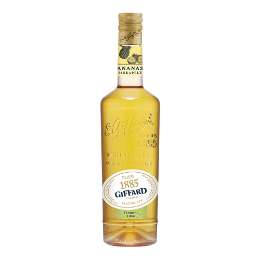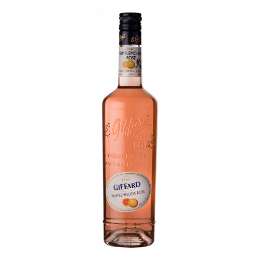Liqueurs For Cocktails
Liqueurs are essential ingredients of a fine cocktail. Choose what you wish, from a wide range . Find on our site producers, such as Monin, Marie Brizard, Giffard and others.
Eoliki Liqueur Triple Sec 700ml
Giffard Liqueur Lychee 700ml
Giffard Liqueur Mango 700ml
Giffard Liqueur Maraschino 700ml
Giffard Liqueur Peach 700ml
Giffard Liqueur Rose 700ml
Frequently Asked Questions
01 What kind of cocktail liqueurs can I find at Kava Konstantakopoulos?
There is a huge variety of flavors and aromas. Classic liqueurs, such as bergamot, strawberry, cherry, but also more sophisticated ones, such as toffee, fig and ginger, are all available at Konstantakopoulos liquor store.
02 How are liqueurs used in cocktail recipes?
A cocktail consists of the base spirit and the accompanying ingredient. Liqueur plays the role of a "bridge" between these two sides, since it perfectly combines both the alcohol and the sweetener. For example, in a famous cocktail, such as the Cosmopolitan , the orange liqueur (eg. Cointreau) is the connecting link between vodka and lime and cranberry juices.
03 Can cocktail liqueurs be used in other recipes besides cocktails?
A common alternative use of a cocktail liqueur is to mix it with sparkling water. The liqueur is highlighted in the palate, with the help of the bubbles. Also, a cocktail liqueur can offer an incredible new dimension to your coffee or tea. Of course, a quality cocktail liqueur can stand even on its own, with the simple addition of ice.
04 What is the difference between types of liqueur (eg. fruity, herbal)?
In a large extent, the character of a cocktail liqueur is based on the ingredient added to the alcohol of agricultural origin. Thus, some liqueurs are fruity (eg. melon, pear), while others are herbal or floral (eg. violet, rose). There are also some spicy ones (eg. ginger) and some more sophisticated ones (eg. vanilla, coconut, cocoa).
05 What is the best method of storing cocktail liqueurs?
Always in their glass bottle, in a shady place, out of the fridge, but also away from heat sources. It should be noted that the bottle must be placed upright, so that the cap does not come into contact with the liqueur.
06 What is the shelf life of cocktail liqueurs after opening?
In ideal storage conditions, they may last up to a year. However, since these conditions are rarely met, six months could be considered as a time limit.
07 Are there any special suggestions for combining liqueurs with other cocktail ingredients?
A very simple suggestion could be the combination of a triple sec or blue curacao liqueur with Angostura bitters. There is plenty of space for experimentation with liqueurs and other cocktail ingredients. The goal could be to achieve balance between the flavor of the liqueur and the "opposite" flavor of the accompaniment. Alternatively, adding some bitters or some juice to the liqueur can expand the taste and aroma horizon of the latter.












